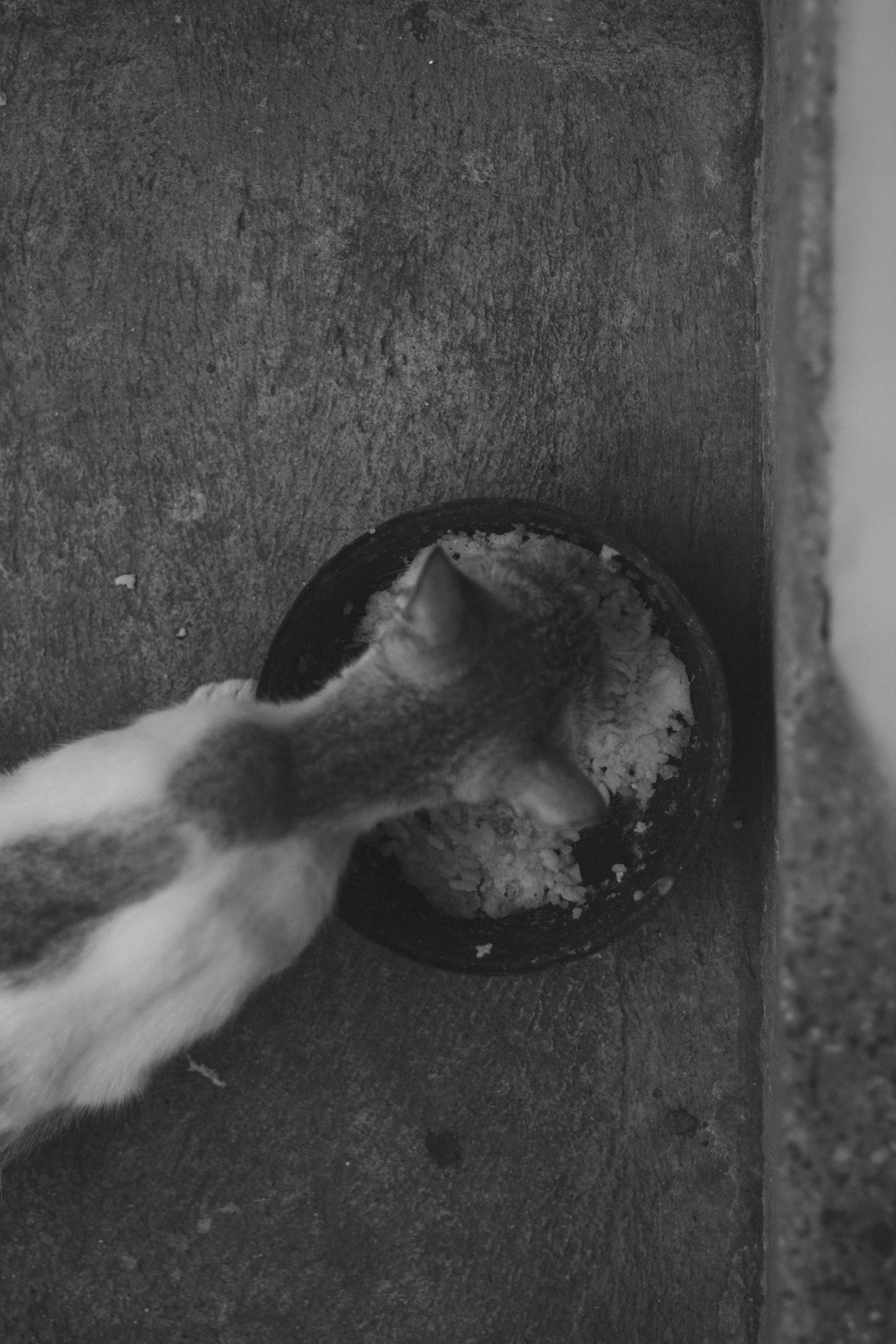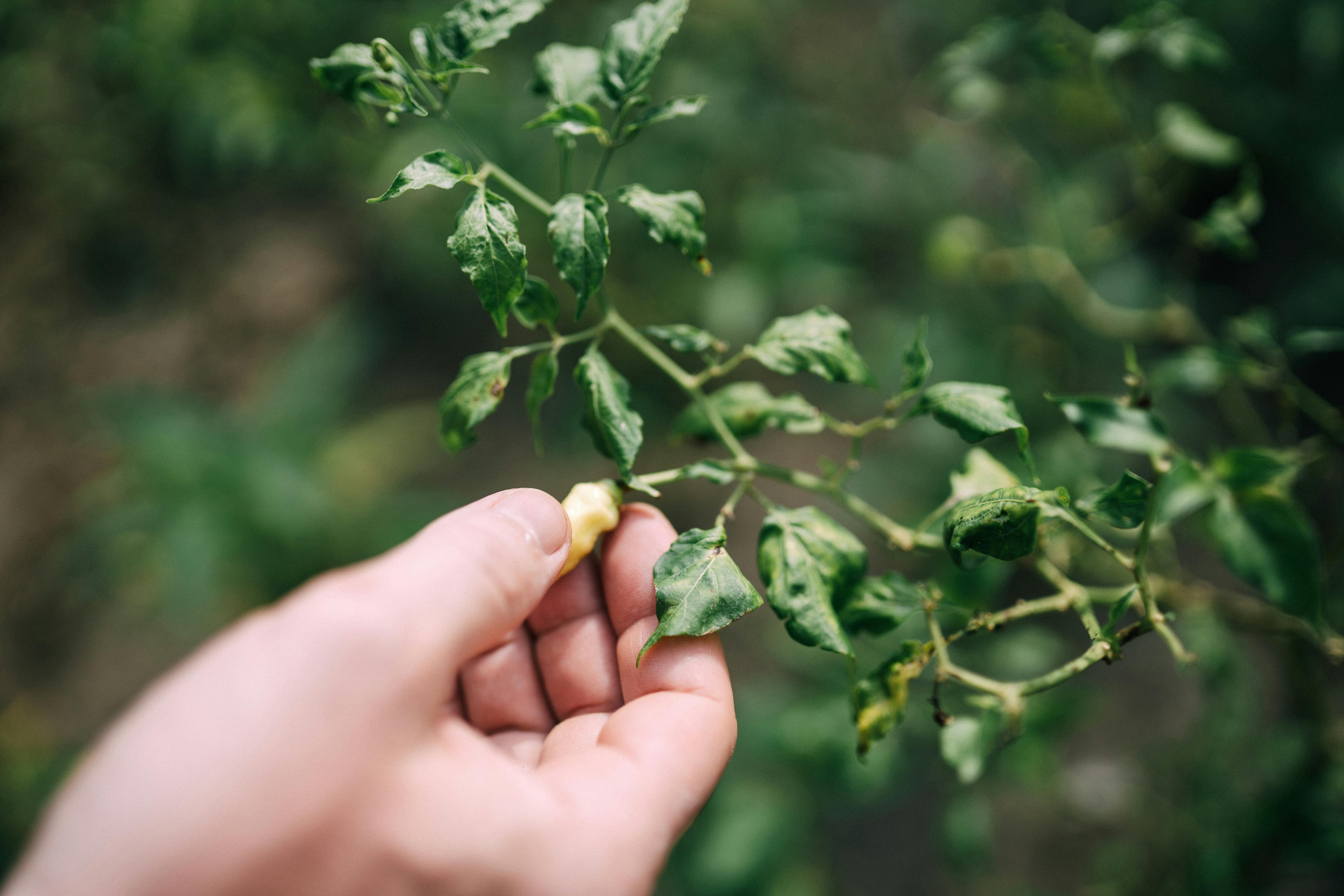How to Properly Identify a Hibernating Hamster: Smart Guide for Pet Owners in 2025

How to Distinguish Between a Hibernating Hamster and a Dead One: A Complete Guide for Pet Owners in 2025
As pet owners, understanding the unique behaviors of hamsters—especially their sleep patterns and physiological responses to temperature—is crucial. Especially during the cold months, many hamster owners are unsure about when their pets are hibernating versus when they may have unfortunately passed away. This comprehensive guide aims to equip you with the necessary knowledge to recognize the signs of hibernation in hamsters, understand their general health, and know when to seek veterinary care. Typically, a hibernating hamster will exhibit distinct behaviors that differ from those of a dead hamster, and being aware of these can make a significant difference in your hamster’s care and recovery.
Beyond just "hibernating" versus "dead," we'll delve into the typical signs of hibernation, discuss the winter dormancy period for hamsters, and provide critical hamster care tips to ensure they stay hydrated and healthy during this time. Our roadmap will guide you through identifying subtle cues in your pet's behavior, checking vital signs like pulse, and ensuring their habitat meets winter care needs. Let’s ensure your pet hamster remains a happy and healthy companion!
Recognizing the Signs of Hibernation in Hamsters
Building on the understanding that hamsters can experience a state of hibernation, recognizing these signs is key to ensuring their well-being. Hibernation in hamsters, especially during colder months, can often lead to confusion among owners.
Signs of Hibernating Hamsters
A hibernating hamster typically displays a variety of characteristics. These include decreased activity levels, reduced metabolic rates, and extended sleep patterns that could last from hours to weeks. One of the primary signs is a lower body temperature, which can be concerning for pet owners. To accurately check for these signals, observe if the hamster is unresponsive but still breathing and if its temperature aligns with normal hamster health standards, which range from 98.6°F (37°C) to 100.4°F (38°C).
Hamster Health Indicators During Hibernation
Understanding the signs of health in your hamster involves monitoring not just their sleeping behavior but also their health indicators. Regular checks for hydration, checking for signs of lethargy or unusual sleeping habits are crucial. A healthy hibernating hamster may still respond when gently disturbed; however, if your hamster shows significant changes or distress signals, immediate veterinary care should be sought.
Winter Dormancy: A Natural Behavior
During particularly cold periods, hamsters may enter a state of winter dormancy, which is distinct from true hibernation. Unlike hibernation, dormancy doesn't necessarily involve a significant decrease in body temperature but rather a lethargic state. Recognizing this difference can help in taking the necessary precautions to maintain your hamster’s habitat and health. Make sure their living environment provides adequate warmth and is free from drafts to support their health during this time.
Assessing the Health of Your Hamster
Understanding your hamster's health is fundamental, especially in recognizing the signs that may indicate severe health issues. The transition from a potentially hibernating state to a signal of distress can be subtle. After establishing the initial signs of hibernation, pet owners should focus on thorough health assessments.
Checking Your Hamster’s Pulse
Monitoring the pulse of your hamster can provide essential insights into their health status. The heart rate of a typical hamster ranges between 300 to 500 beats per minute. A significantly slower heartbeat might indicate a hibernating state, while a persistent lack of pulse signals a more severe concern that warrants immediate veterinary attention. Gently feel the hamster's chest to check their pulse, ensuring you conduct this task with care and calmness.
Signs of a Dead Hamster
It is critical to differentiate between signs of a hibernating hamster and those of a dead hamster. Key signs to observe include jaw rigidity, lack of responsiveness, and changes in coloration, particularly around the mouth and paws. In contrast to a hibernating hamster, a dead hamster will not exhibit normal breathing patterns, and their body temperature will feel cold to the touch.
Common Hamster Diseases and Symptoms
Pet hamsters are susceptible to several common ailments which could confuse their owners during winter. Recognizing symptoms of these diseases is crucial. Common signs include unusual lethargy, difficulty in moving, or signs of distress such as squeaking or refusing to eat. Keeping your hamster's environment clean and ensuring proper nutrition can help mitigate such health issues. Regular veterinary check-ups are advised during periods of hibernation.
Providing the Right Environment for Your Hamster
Creating a safe and nurturing habitat is vital to support your hamster regardless of whether they are active or hibernating. The following elements will help ease your hamster's transition through winter while ensuring they remain healthy and hydrated.
Essential Habitat Needs During Winter
Your hamster's habitat should mimic their natural environment as closely as possible. Provide ample bedding material for insulation and simulate a comfortable temperature using a warm, draft-free location. Avoid placing their habitat in direct drafts or near heating vents, as temperature regulation is critical for their well-being.
Hydration Tips for Winter Hamsters
During the hibernation period, maintaining hydration is crucial. Dehydration can cause serious health problems, so provide water in a heavy, spill-proof bowl to avoid freezing issues. You can also add moisture-rich foods to their diet, such as cucumbers or watery fruits, to support hydration.
Feed for Hibernating Hamsters
Food choices during the winter season should focus on high-energy, nutritious options to sustain your hamster during dormancy. Select specialized hamster food that includes nuts, seeds, and fresh fruits. Regularly check that they have accessible food, and observe their eating habits for signs of lethargy or decreased appetite.

Hamster Post-Hibernation Behavior and Care
Once the hibernation period ends or your hamster shows signs of waking up, they may display different behaviors. Understanding these can help in transitioning your pet back to an active lifestyle.
Signs Your Hamster Is Awake
Once a hamster comes out of hibernation, it could take time for them to return to normal activity levels. Signs that your hamster is awake include increased grooming, exploring their habitat, and eating regularly. You should provide opportunities for exercise and stimulation to support their recovery process fully.
Caring for a Sick Hamster Post-Hibernation
If your hamster appears disoriented or excessively lethargic after hibernation, they may require additional care. Consult a veterinarian if they exhibit signs of illness. Gentle handling and a calm environment can ease their transition back to normal activity levels. Maintain a close observation during this period.
Feeding and Habituation Tips for a Post-Hibernating Hamster
Offering a balanced diet during this time is essential for restoring health. Reinforce their diet with vitamins and a bit higher protein content to help restore their energy levels. Gradually encourage exercise through engaging toys that stimulate their natural play behaviors and ward off inactivity.

Q&A Section on Hamster Health and Hibernation
How can I determine if my hamster is alive during hibernation?
Check for signs like breathing, movement, and warmth. A hamsters’ body temperature may lower, but if they are still breathing with some response, they are likely hibernating and not deceased.
When should I seek help for my hamster's health?
If your hamster remains unresponsive for too long or shows signs of severe lethargy, it's crucial to contact a veterinarian. Signs of distress or abnormal behaviors should not be overlooked.
What are the best practices for winter care for my hamster?
Ensure their habitat is adequately insulated and free from drafts. Provide hydration methods suited for cold temperatures and monitor food intake. Regular health checks during this period can help prevent illness.
What should I watch for after my hamster wakes from hibernation?
Monitor their eating habits, general alertness, and energy levels. If they display unusual signs like difficulty in movement or repeated sleeping, consult a veterinarian.
Is hydration really important for hibernating hamsters?
Absolutely! Hydration helps maintain their health status and promotes a smooth transition back to regular activity. Ensure fresh water is always available in their habitat.